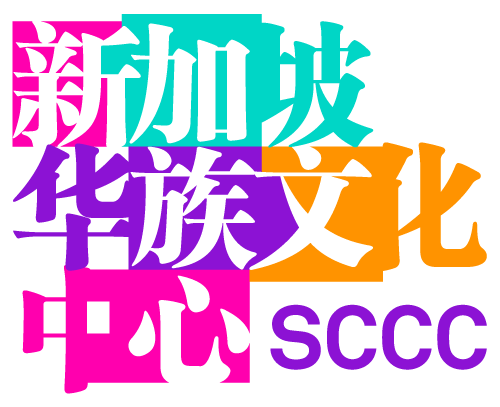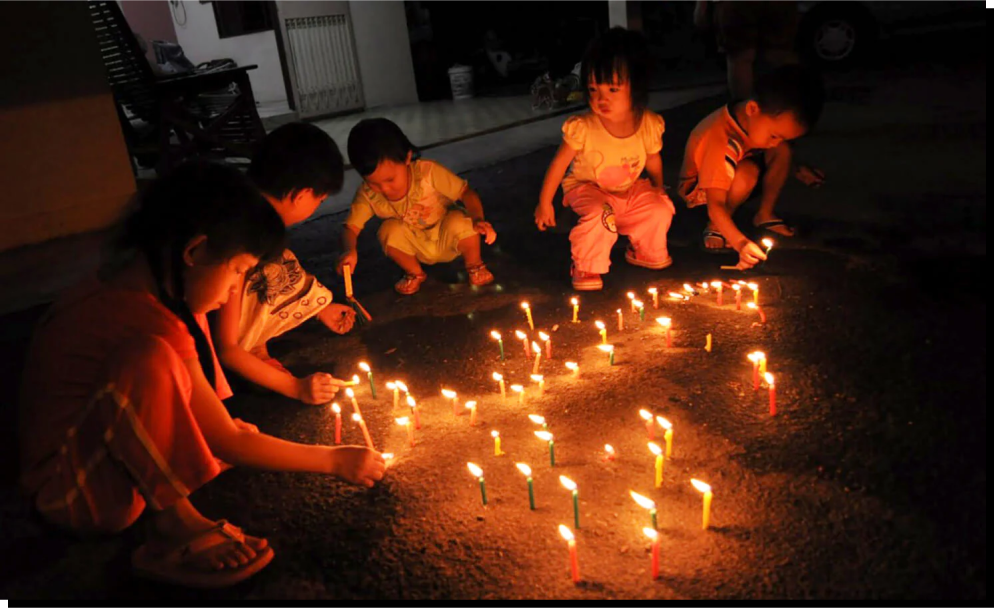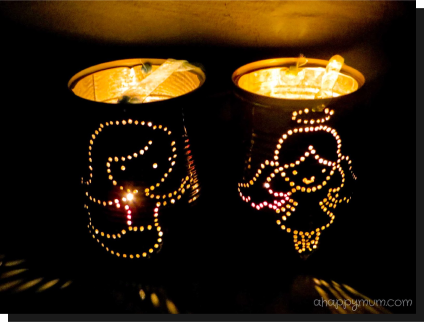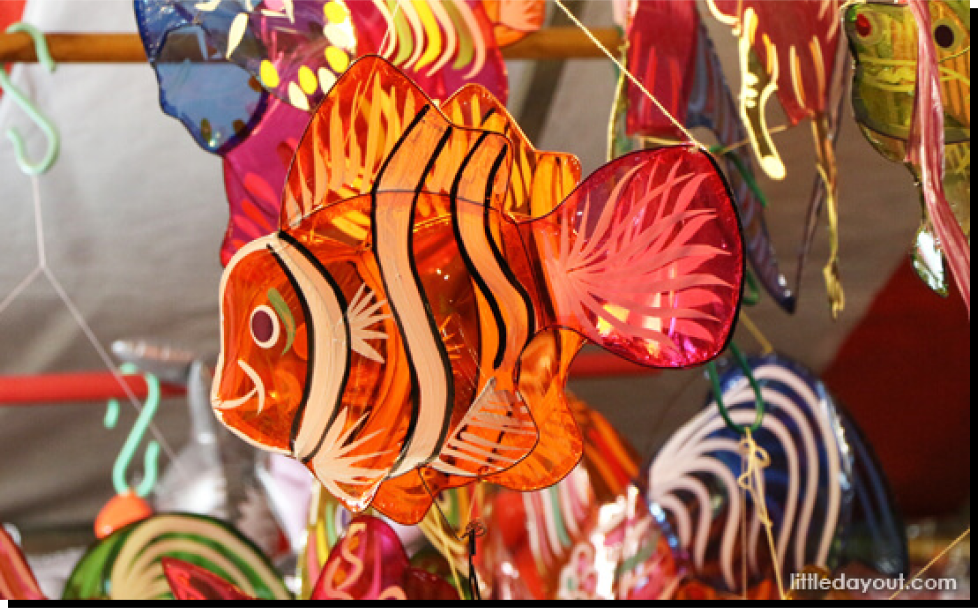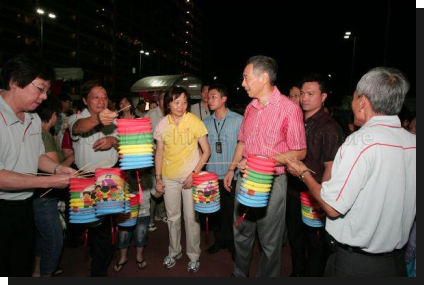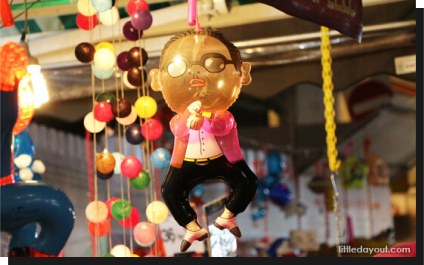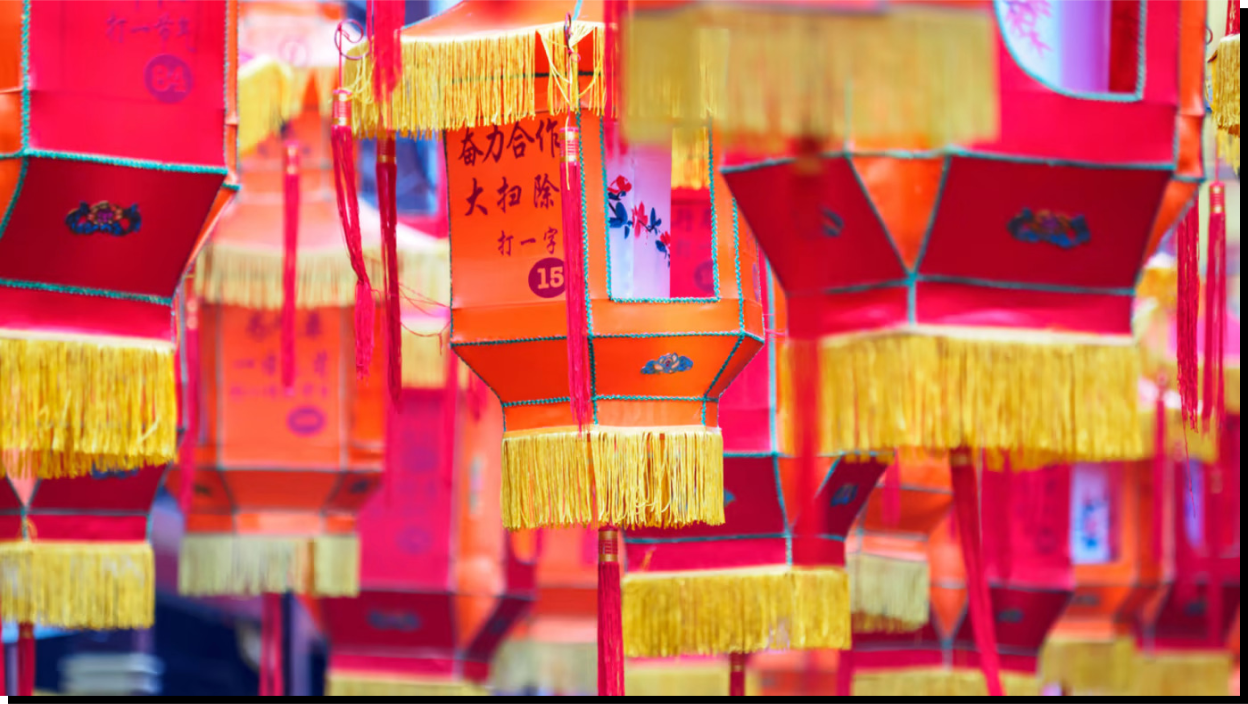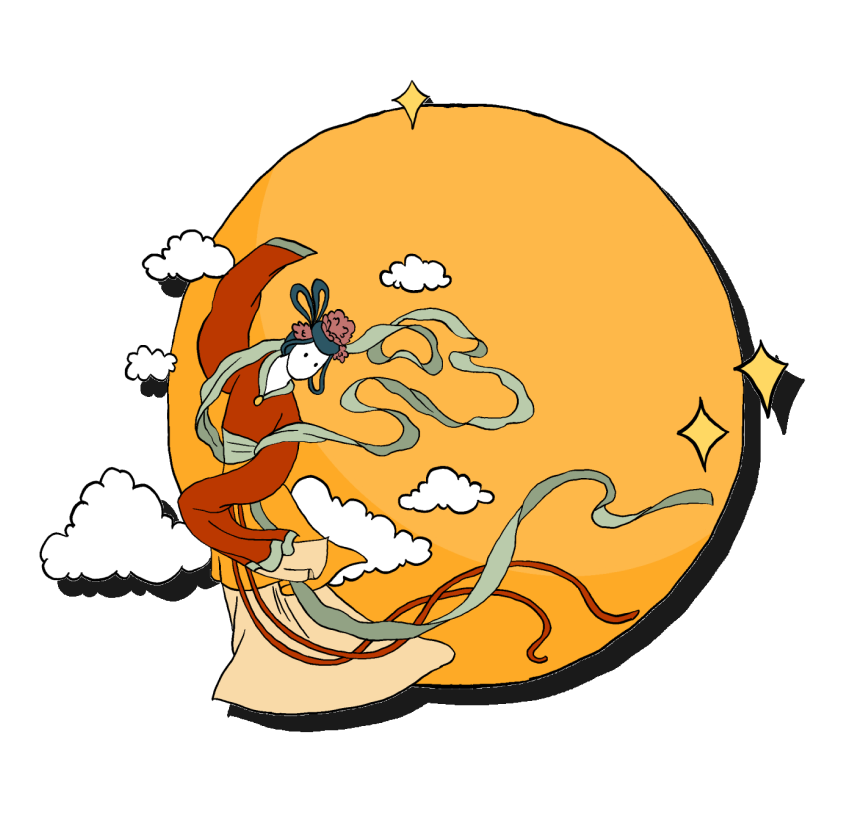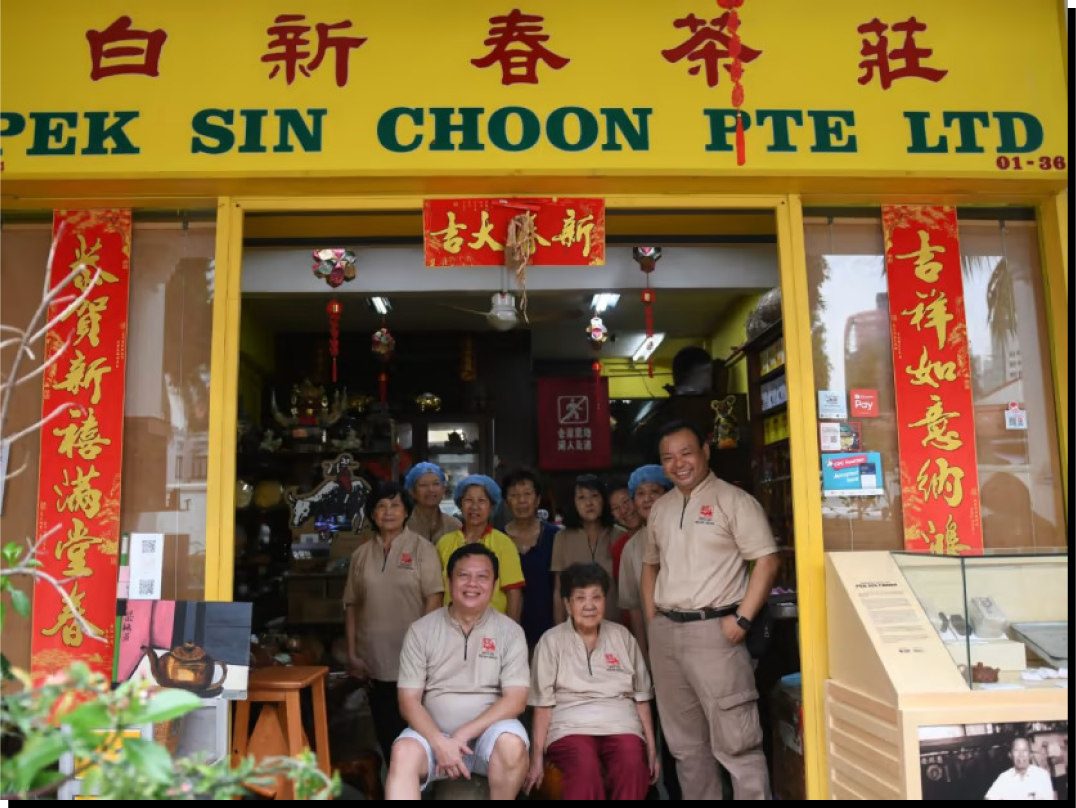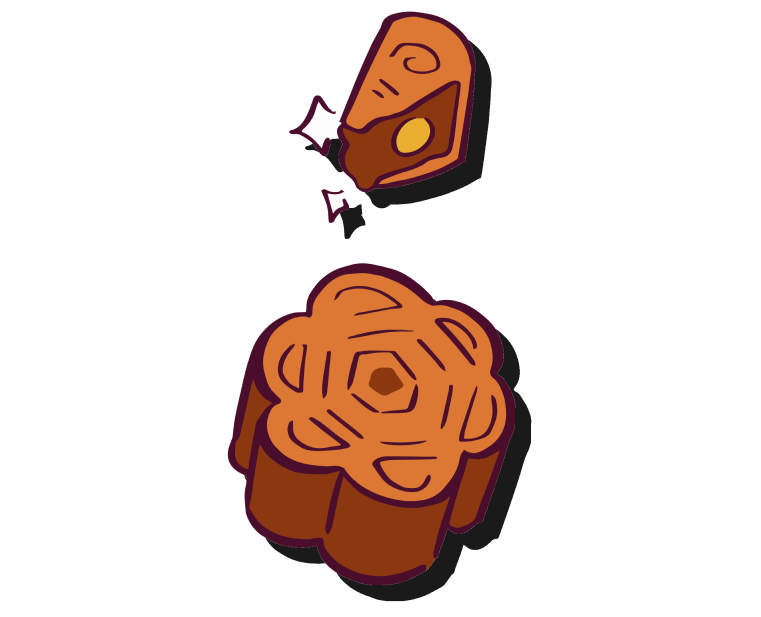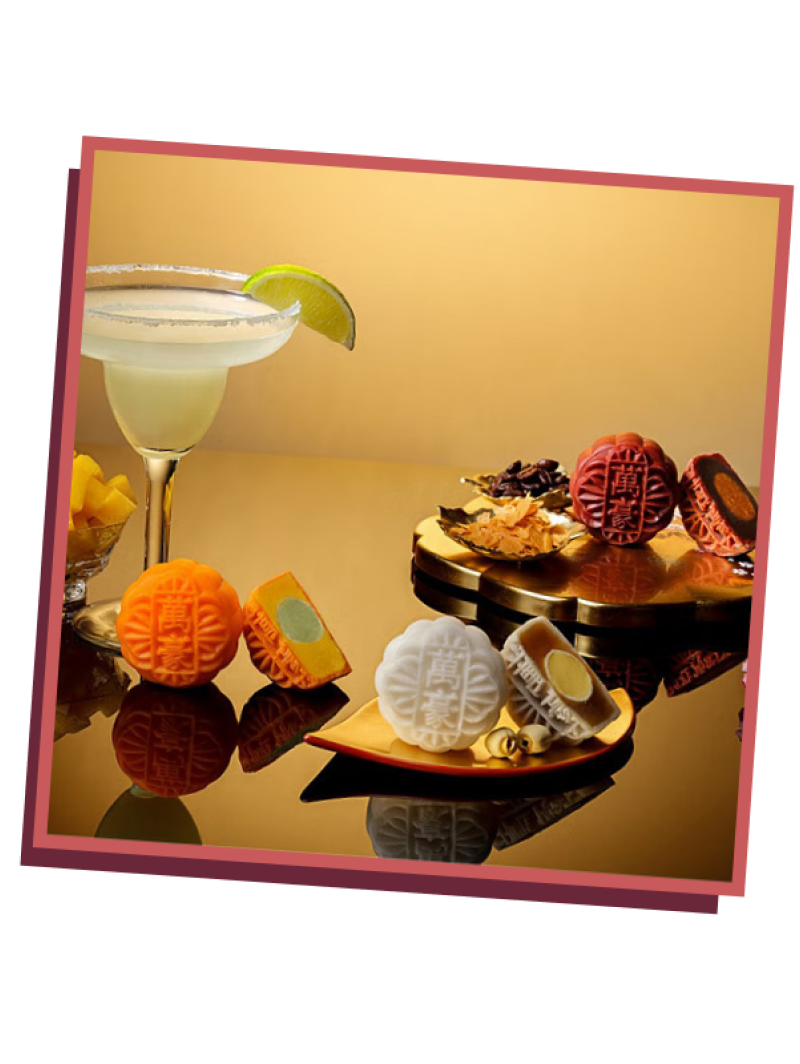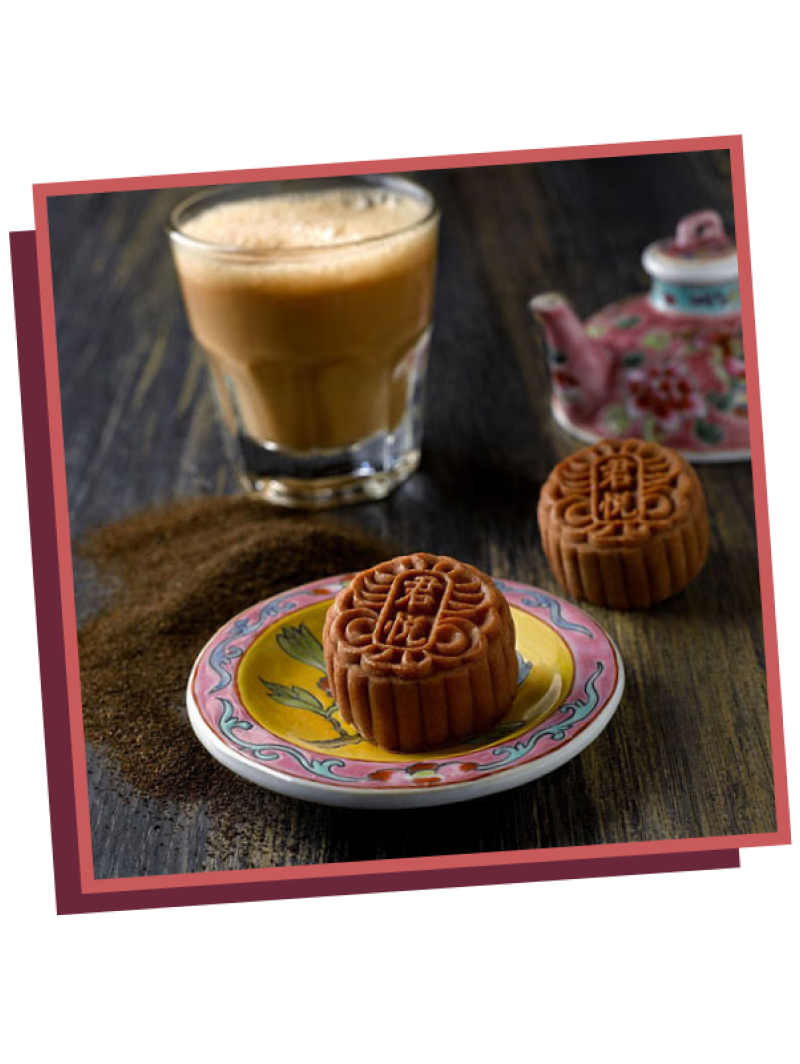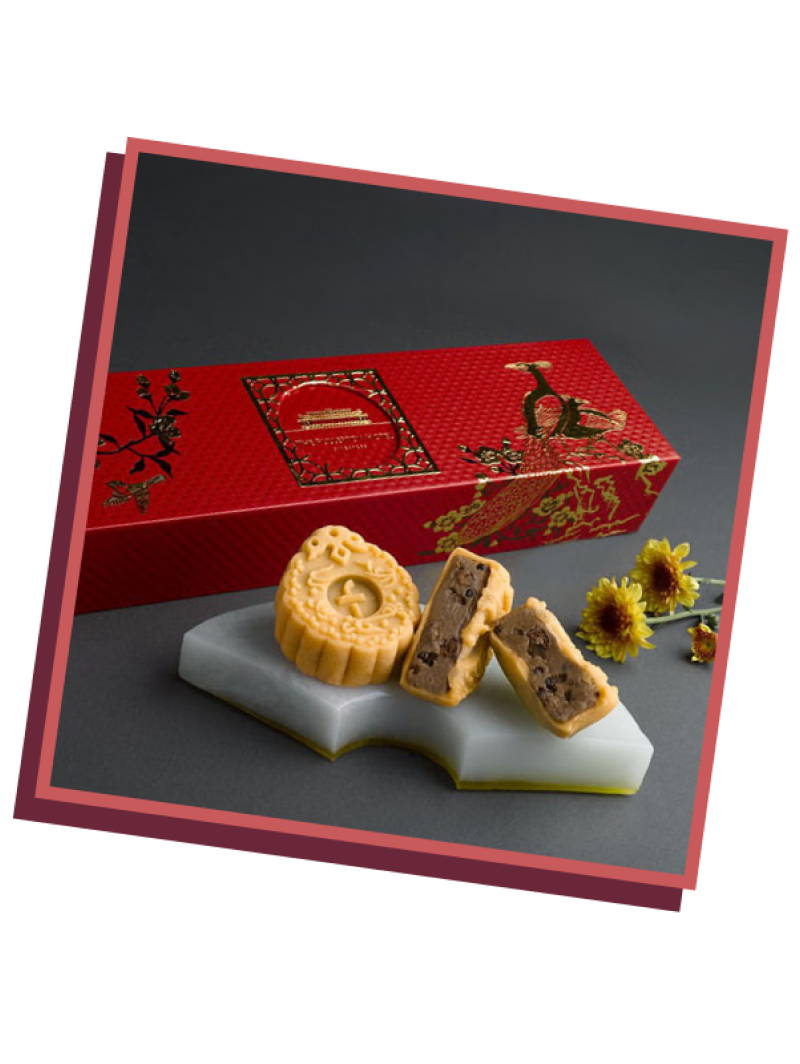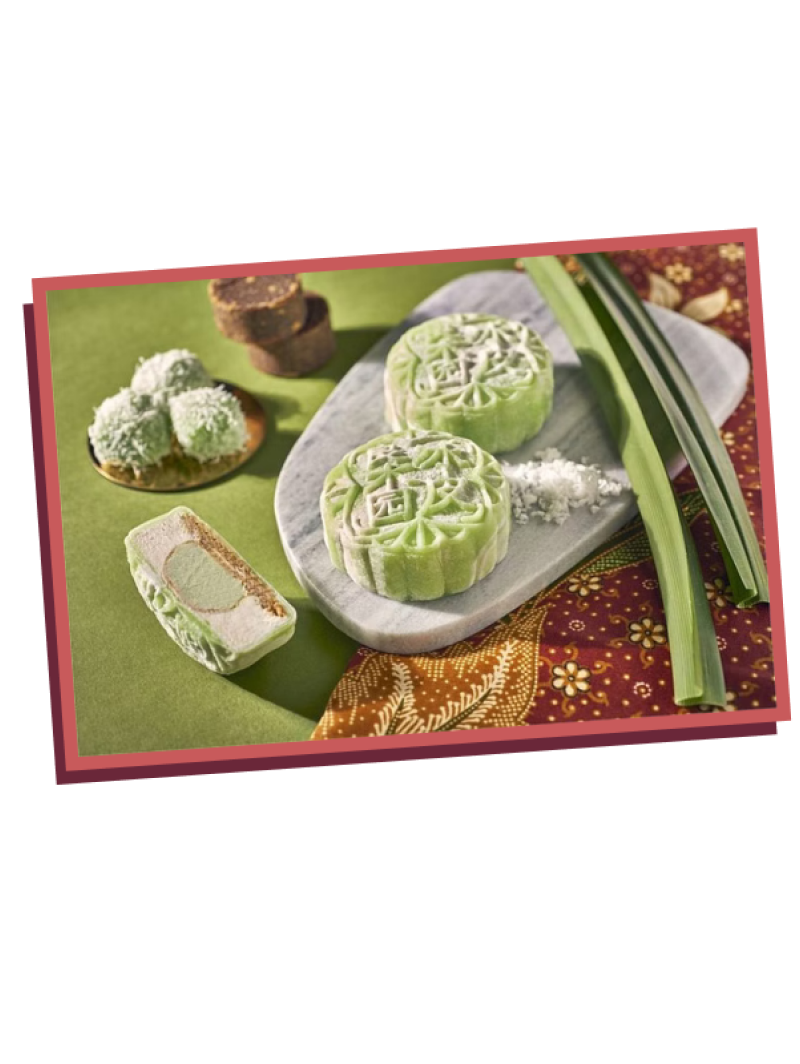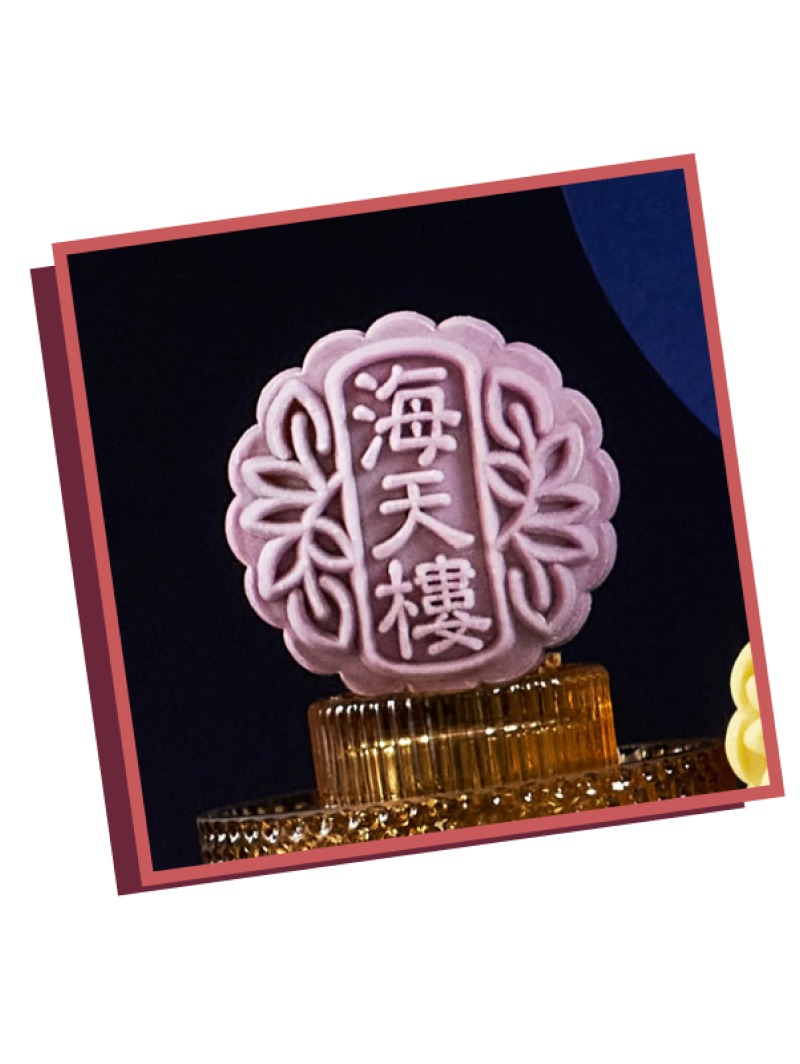Carrying lanterns was originally a form of spiritual offering performed during moon gazing. In the past, people prayed to the moon during the Mid-Autumn Festival. As these ceremonies were often held at night, lanterns were used to provide light.
Did you know?
Did you know that lanterns were traditionally carried during Yuanxiao and not during the Mid-Autumn Festival? This was likely the case in Singapore until around the 1950s. The earliest record of carrying lanterns during the Mid-Autumn Festival in Singapore is in 1949! According to this article, thousands of children carried colourful paper lanterns during the festival in Chinatown. The paper lanterns were pleated and collapsible, enabling them to be folded flat when not in use. They were either shaped like a globe or a cylinder, with a stand in the middle for a lighted candle within.
Long, long ago, lanterns were used for decorative purposes and to provide light, typically hung in front of the door of the house. Local paper goods’ manufacturers, who often made paper houses to burn for the dead, then started becoming creative and created paper lanterns for festivals like the Mid-Autumn Festival. In the early days of Singapore, lanterns came in various shapes and forms, from globular lanterns with revolving figures silhouetted against patterned sides, to animal-shaped like fish, fowl and dragonflies, to yard-square lanterns with drawings. Some children also made their own, hence coming in even more shapes and forms.
Decades ago, many Singaporeans lived in kampongs and there were more opportunities for communal celebrations. Likely because of various reasons such as the modernisation of society, the festive spirit began fading and practices like carrying lanterns started losing its popularity.
